LED-Activated SnOx Nanoflake Therapy Destroy Tumor Cells with Precision
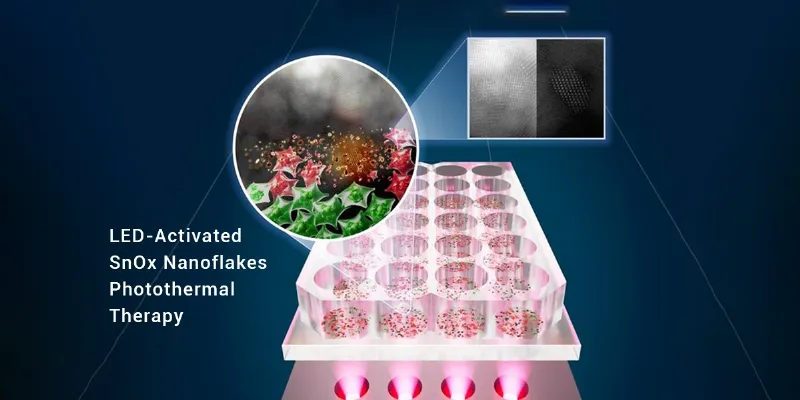

ONCOLife |
11 October 2025
Researchers from The University of Texas at Austin and the University of Porto have developed a groundbreaking LED-based cancer therapy using tin oxide (SnOx) nanoflakes that selectively destroy tumor cells while sparing healthy tissue. In preclinical tests, the treatment eradicated up to 92% of skin cancer cells and 50% of colorectal cancer cells within 30 minutes—without toxic side effects.
Their approach, described in ACS Nano, harnesses a light-based technique known as near-infrared photothermal therapy (NIR-PTT)—a method that uses light to heat and destroy malignant cells. Traditionally, this has required expensive laser systems and specialized facilities. But by substituting low-cost LEDs and introducing tin oxide (SnOx) nanoflakes as a cancer-seeking material, the team may have unlocked a path toward affordable, accessible photothermal cancer treatment.
“Our goal was to create a treatment that is not only effective but also safe and accessible,” said Jean Anne Incorvia, a professor at UT Austin’s Cockrell School of Engineering and one of the leaders on the project. “With the combination of LED light and SnOx nanoflakes, we’ve developed a method to precisely target cancer cells while leaving healthy cells untouched.”
The Science of Photothermal Therapy
Photothermal therapy works on a simple principle: certain materials absorb light and convert it into heat. When targeted at tumors, that heat can raise the local temperature just enough to destroy cancer cells. But the challenge has always been precision. Lasers, while powerful, can damage surrounding healthy tissue, and many nanomaterials are either toxic or inefficient at converting light to heat.
The UT–Portugal team’s SnOx nanoflakes appear to solve both problems. Synthesized through a bio-friendly oxidation process of tin disulfide (SnS₂) powders, the resulting ultrathin sheets—each less than 20 nanometers thick—exhibit extraordinary photothermal efficiency. When exposed to an 810-nanometer LED light, the material’s temperature rises by nearly 20°C in just 30 minutes, achieving a photothermal conversion efficiency of 93%, among the highest reported for such systems.
The secret lies in their mixed crystalline structure. Microscopic analysis revealed a hybrid of SnO and SnO₂ nanocrystals, each less than 5 nm in diameter, that trap and release light energy through a phenomenon known as exciton confinement. This mechanism efficiently channels absorbed light into heat, rather than radiation, ensuring that the energy stays localized—right where the tumor resides.
Killing Cancer, Sparing Health
The in vitro results were striking. When combined with NIR LED exposure for 30 minutes, the SnOx nanoflakes eliminated up to 92% of skin cancer cells (A431) and 50% of colorectal cancer cells (SW837), while leaving healthy human fibroblasts untouched.
Equally important, the nanoflakes retained their structure and performance after multiple irradiation cycles, showing potential for repeated therapeutic use—a key consideration for chronic or recurrent cancers. Unlike laser-based photothermal systems, which can cost tens of thousands of dollars and require specialized clinical environments, LED-based devices could be small, portable, and inexpensive.
The collaboration, part of the UT Austin Portugal Program, exemplifies the power of international science partnerships. The initiative, now in its 17th year, aims to bridge fundamental research and applied innovation, with ongoing projects extending into breast cancer implants and other solid-tumor models.
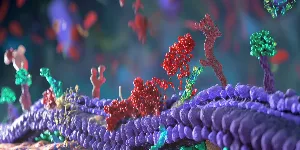
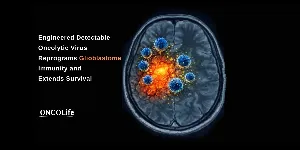

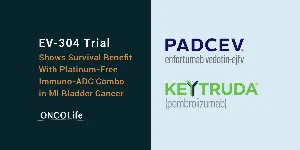

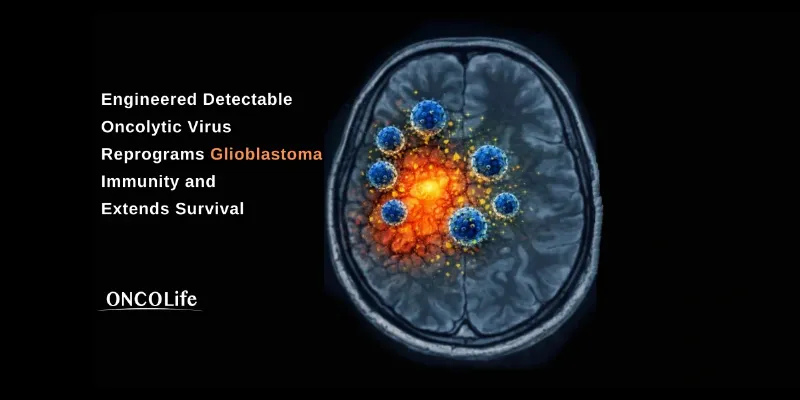
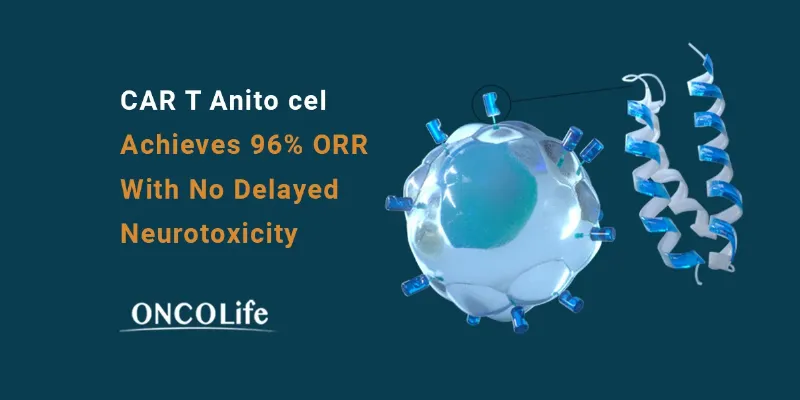
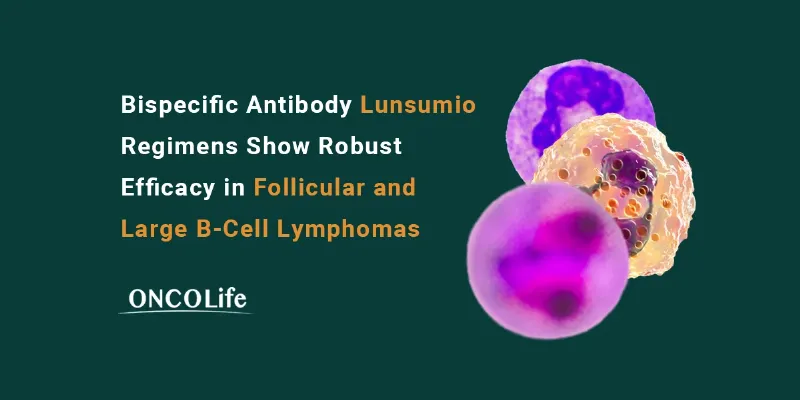
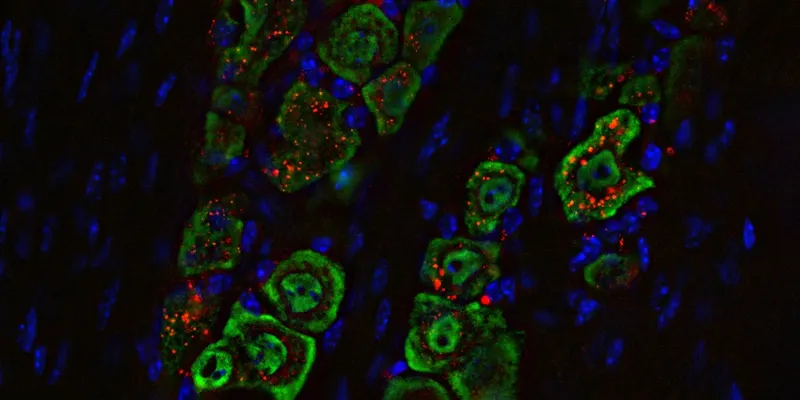
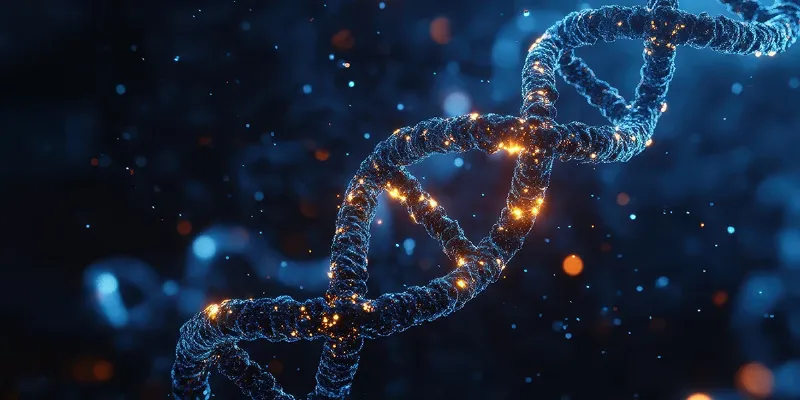

Comments
No Comments Yet!